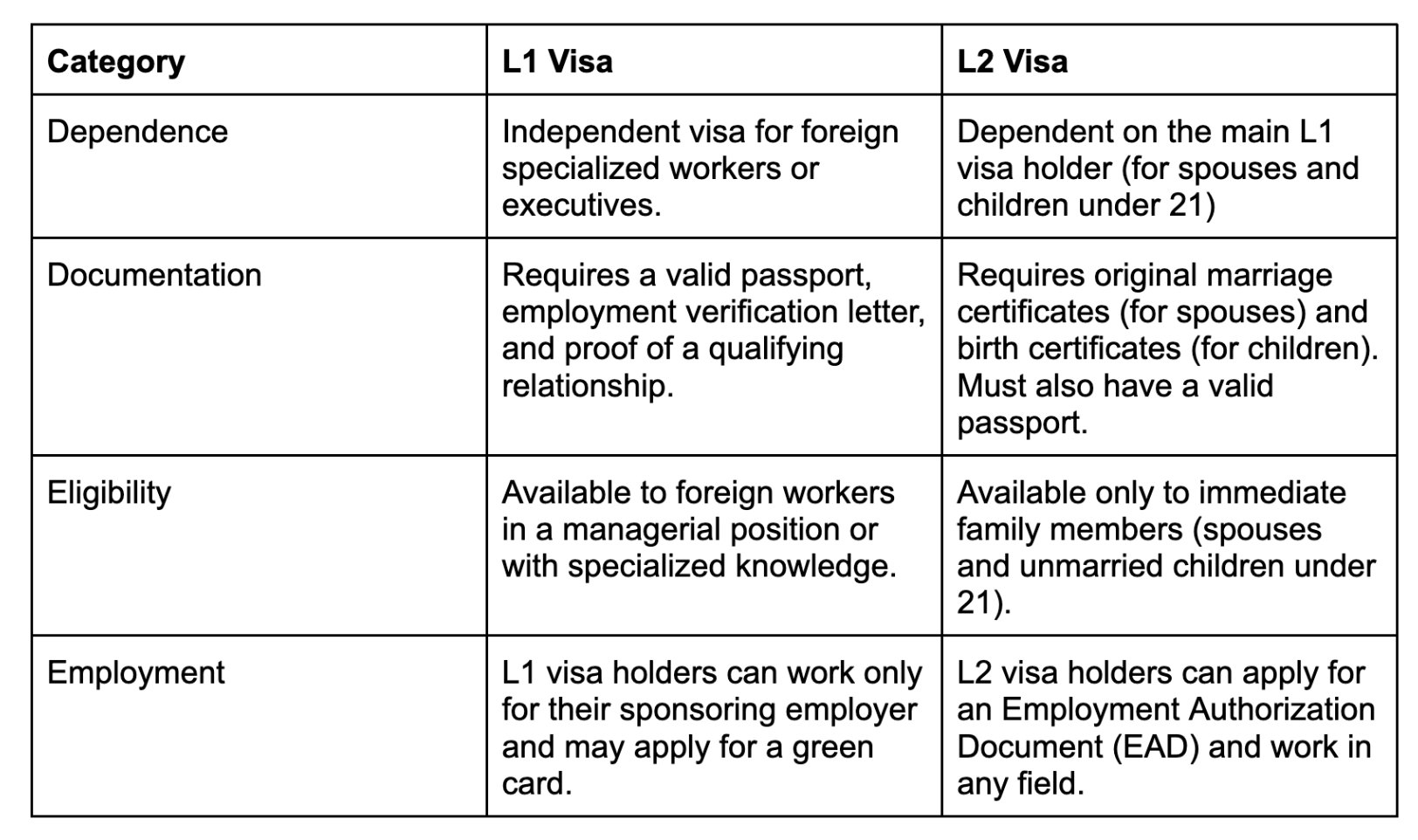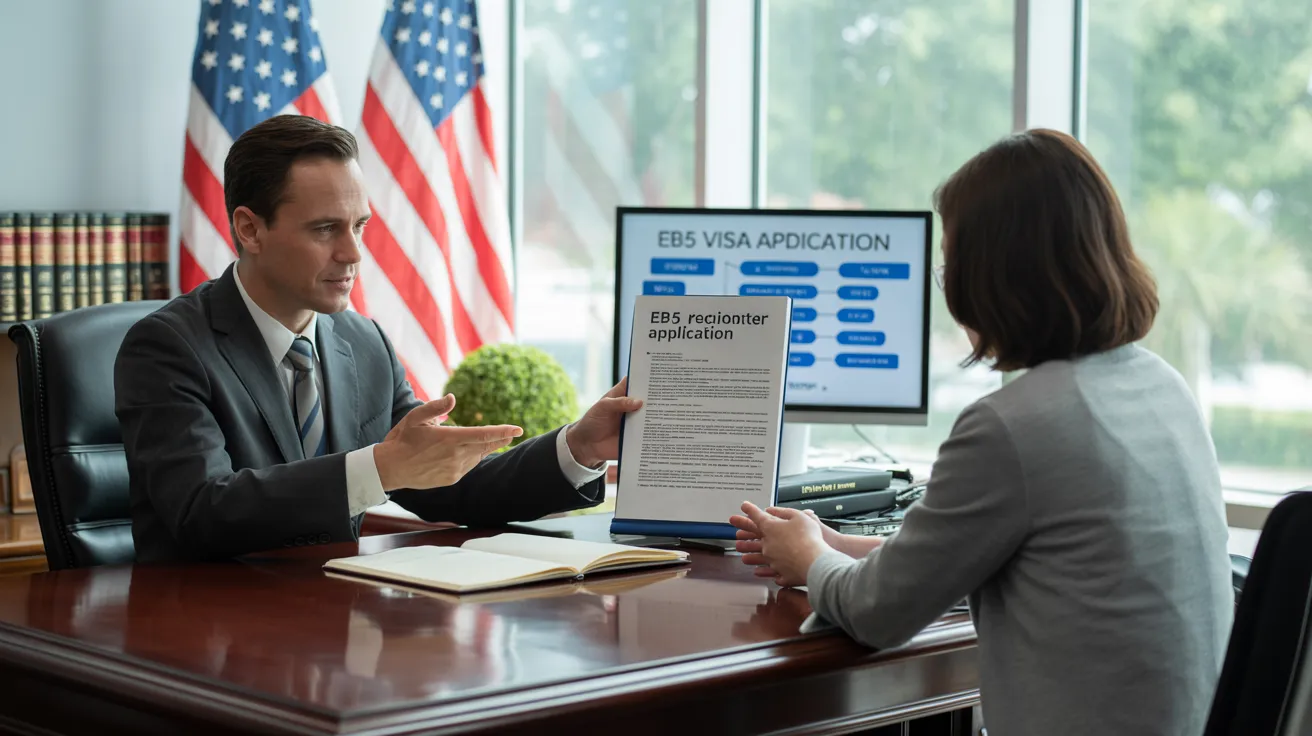Not known Facts About L1 Visa
Table of Contents10 Simple Techniques For L1 VisaTop Guidelines Of L1 VisaThe 6-Second Trick For L1 VisaThe Ultimate Guide To L1 VisaMore About L1 Visa
The L-1 Visa is a nonimmigrant visa developed for intracompany transferees, permitting multinational business to transfer staff members from consular services to their united state offices. Benefits of the L-1 Visa consist of the capability for crucial staff members to operate in the U.S. and for companies to improve their international operations by relocating crucial team.
and consular services are qualifying entities which the staff member's function is vital to the U.S. operations. Important needs include offering evidence of the qualifying partnership in between the united state and consular services, the worker's task description, evidence of employment abroad, and the firm's service procedures. L1 Visa. The advantages of the L-1 Visa consist of the ability to live and operate in the U.S

The particular advantages are listed here. You can have your partner and unmarried children under 21 years of ages involved the US as long as your L1 standing stays valid. The L-1 Visa can be prolonged up to 5 or 7 years optimum. The environment-friendly card (permanent house) allows you to live and operate in the US indefinitely.
office, the lack of ability to develop your own business while in L-1 condition, and the requirement to function solely for your sponsoring U.S.-based employer without the choice for part-time work in other places. The specific threats are listed here. You need to be presently employed by a multinational business with an office in the United States.
The key distinction in between the L-1 Visa and the H-1B Visa is that the L-1 Visa calls for the applicant to have actually been employed by the seeking multinational business for at the very least one year within the last 3 years, whereas the H-1B Visa does not have such a requirement and is for foreign workers employed by United explore your L1 Visa state
All about L1 Visa
There are numerous temporary work visas, such as H1B and L1 (L1A and L1B), that allow the companies to hire foreign employees.
All employers do not have such an option, as not all companies have a foreign existence or are multinational. Any U.S. based company can employ the international worker, offered all other conditions are met. That is since the L1 visa holder is really on behalf of a foreign qualifying entity.
Specific request has to be submitted for each proposed H1B worker. Even if the employee has a degree, it does not have to be in any particular specialized area. Employee must have a United state bachelor's degree or matching, and read more the work should be in a specialty line of work that needs such education and learning.
If the person has spent time formerly on H visa, that period is counted in the direction of the optimum enabled duration. H1B 6 yearsIf the person has spent time previously on L visa, that period is counted towards the maximum permitted period., and can usually get copyright within less than one year.

Getting My L1 copyright Work
There are 2 main types of L1 visas: L1A Visa: It is meant for executives and supervisors. The staff member's placement abroad should include one continuous year of management experience within the past 3 years.
If you meet the standards over, you are qualified for an L1 visa. Right here's a closer take a look at them: Position: You should qualify for a managerial, executive, or specialized understanding position in the company. On top of that, you must have had one year of experience within the past three years - L1 Visa. Qualifying relationship: The American firm should be an affiliate of the international business.
You might not apply for the L1 if you plan to come in to the United States. When submitting your request, the American firm where you are going to work will be in charge of the entry to USCIS. Right here are the required L1 Visa files you will be asked for to give: Type I-129 will certainly highlight all the information relating to a task and the petitioner.